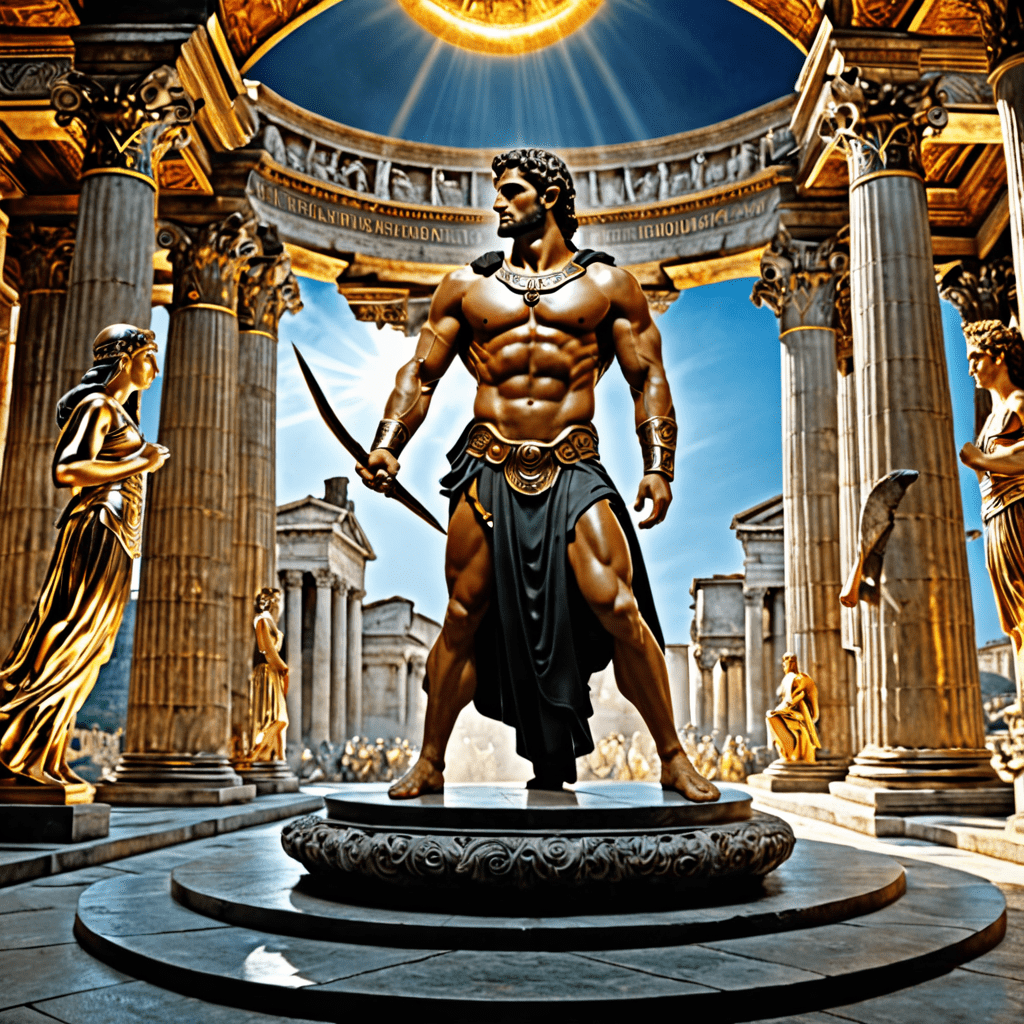Roman Mythology in Literature and Art
Introduction to Roman Mythology
In ancient Roman culture, mythology played a significant role in shaping beliefs and traditions. Roman mythology includes a vast array of gods, goddesses, heroes, and mythical creatures that were intertwined with daily life, religious practices, and art forms. The Roman pantheon was heavily influenced by Greek mythology, with many deities having similar attributes under different names.
Symbolism in Roman Mythology Art
Visual art in ancient Rome often depicted stories from mythology to reflect beliefs, values, and societal norms. Mythological scenes were commonly seen in murals, sculptures, and mosaics. Each mythological figure carried intrinsic symbolism, representing virtues, vices, or natural elements. For instance, Jupiter, the king of gods, symbolized power and authority, while Venus represented love and fertility. These symbolic representations added layers of meaning and depth to Roman artistry, serving as both decorative elements and educational tools for the public.
Influence of Roman Mythology in Literature
Roman writers drew inspiration from mythology to craft compelling narratives that reflected societal dynamics, moral codes, and philosophical inquiries. Prominent Roman writers like Ovid, Virgil, and Livy incorporated myths into their works to explore themes such as fate, heroism, and the relationship between gods and mortals. Ovid’s epic poem, “Metamorphoses,” is a prime example of how Roman mythology was intricately woven into literary masterpieces, showcasing stories of transformation, love, and revenge that continue to resonate through the ages.
Legacy of Roman Mythology in Modern Culture
The influence of Roman mythology can still be observed in contemporary literature, art, and popular culture. Many words, phrases, and concepts have roots in Roman myths, preserving ancient narratives in modern discourse. Additionally, depictions of Roman gods and heroes continue to inspire artists, filmmakers, and writers, providing a rich tapestry of storytelling and creative expression. The enduring legacy of Roman mythology serves as a reminder of the timeless allure and fascination with the mystical narratives of the ancient world.
Through the fusion of mythology in literature and art, the Romans immortalized their beliefs, values, and cultural identity, creating a lasting impact that resonates through history into modern times.
FAQ: Roman Mythology in Literature and Art
What is Roman mythology?
Roman mythology refers to the beliefs, stories, and legends of ancient Rome. It encompasses the gods, goddesses, heroes, and mythical creatures that were an integral part of Roman culture.
How did Roman mythology influence literature?
Roman mythology had a significant impact on literature. Many writers drew inspiration from these myths, incorporating them into their works. For example, Virgil’s “Aeneid” is based on the myth of Aeneas, a Trojan hero.
How is Roman mythology depicted in art?
Artists throughout history have depicted Roman mythology in paintings, sculptures, and other forms of artwork. Scenes from myths involving gods like Jupiter, Neptune, and Venus are commonly portrayed in art.
What are some famous examples of Roman myths in literature and art?
Some famous examples include Ovid’s “Metamorphoses,” which retells various Roman myths, and Botticelli’s painting “The Birth of Venus,” illustrating the goddess Venus emerging from the sea.


